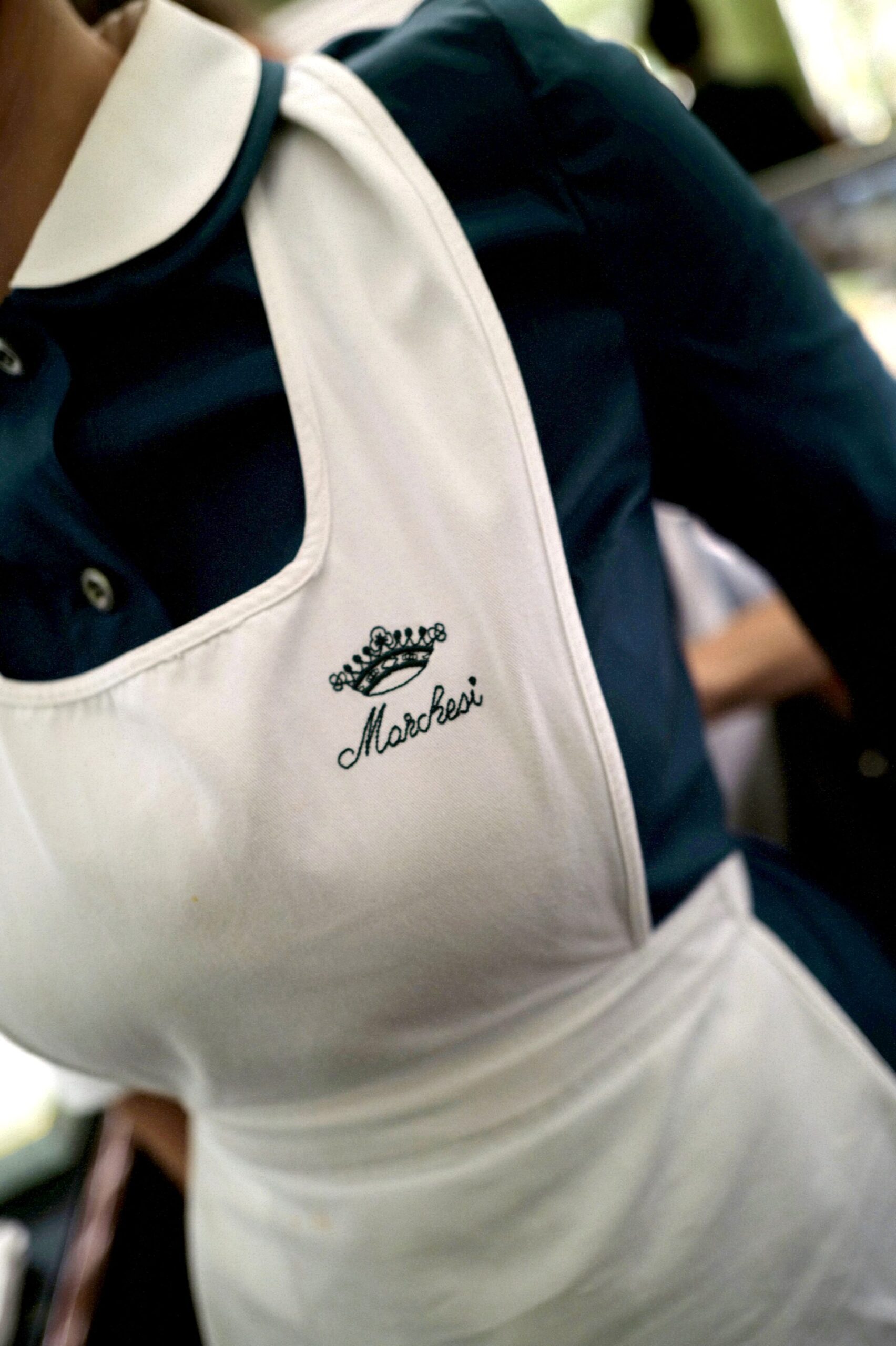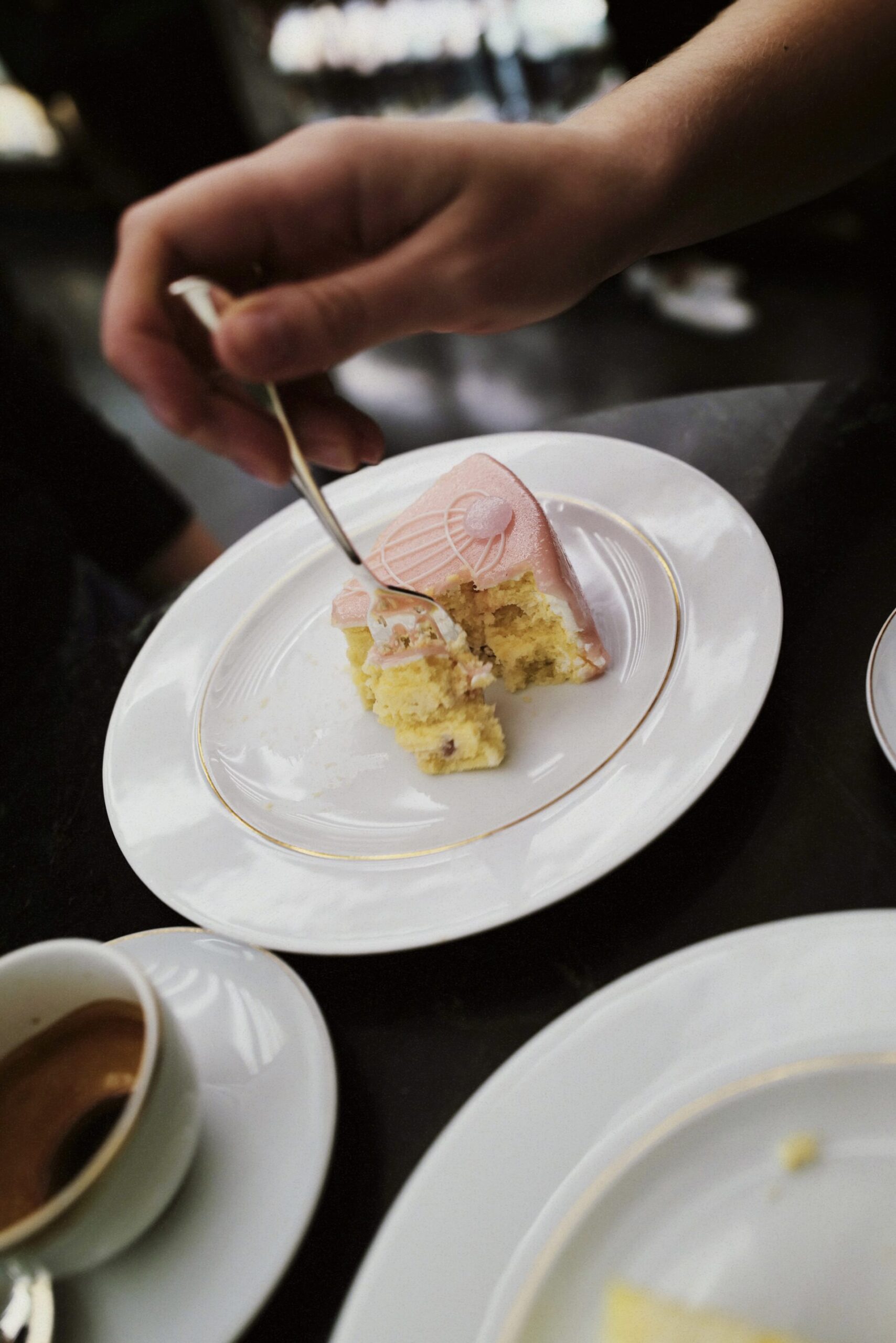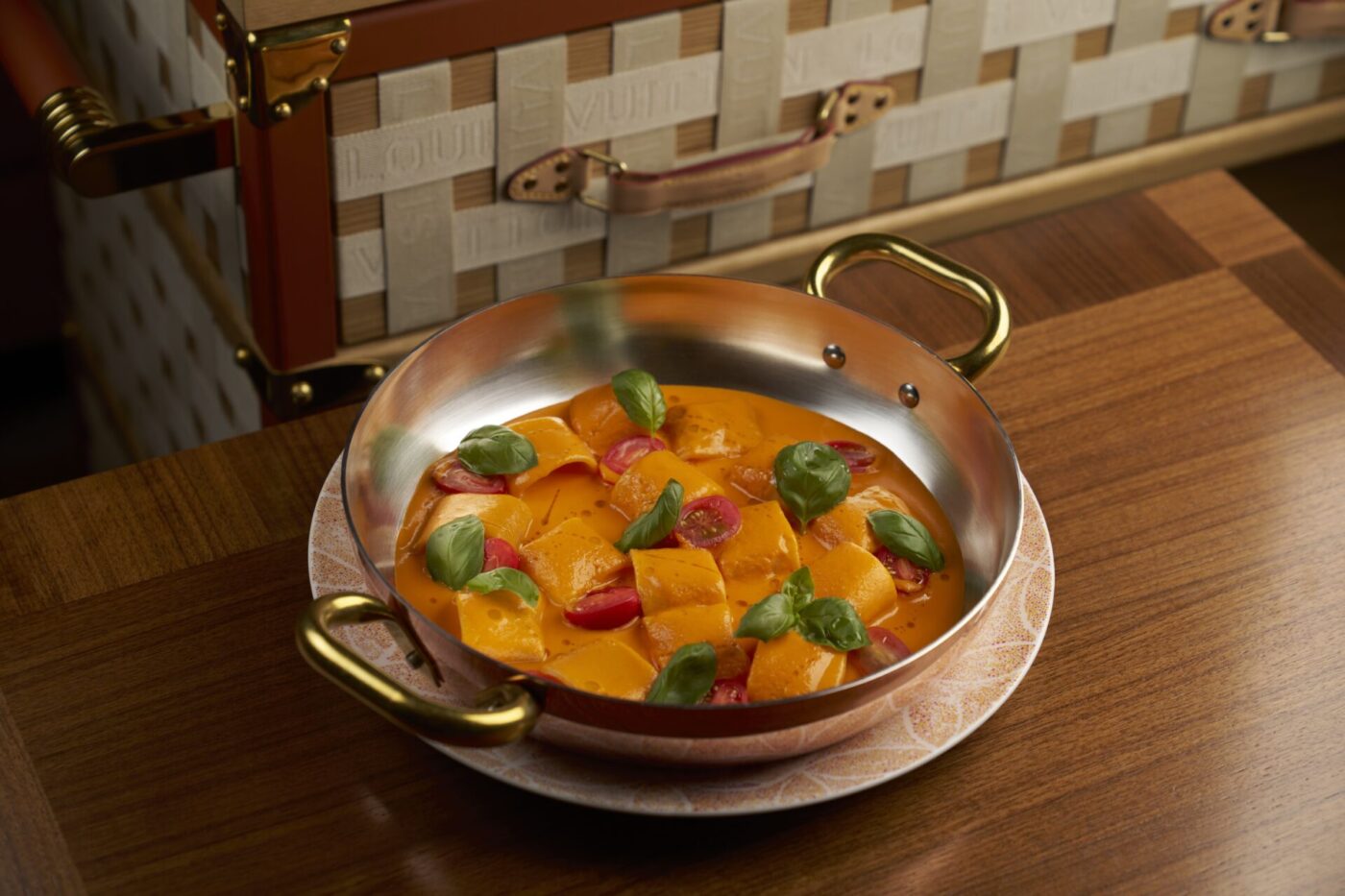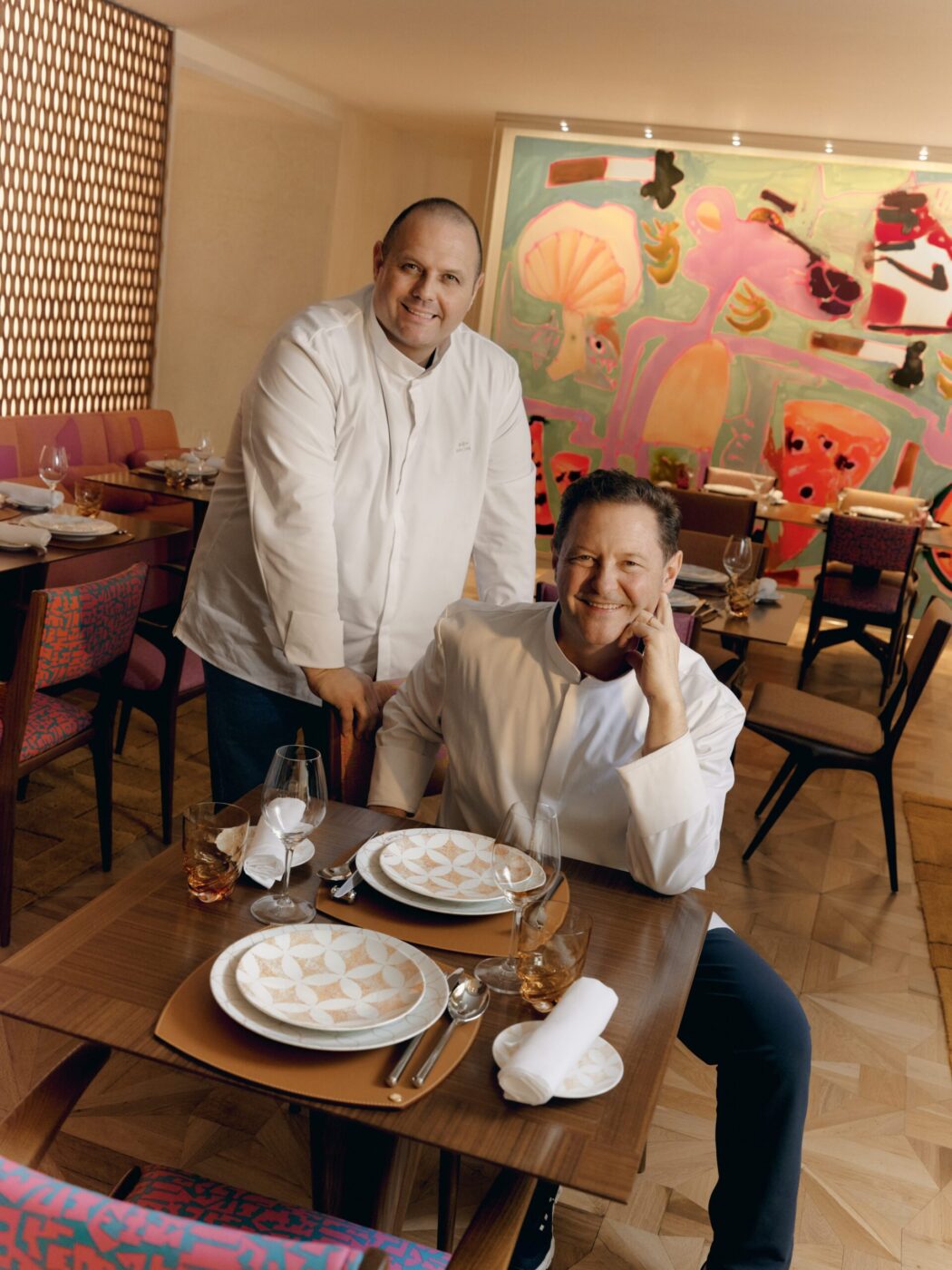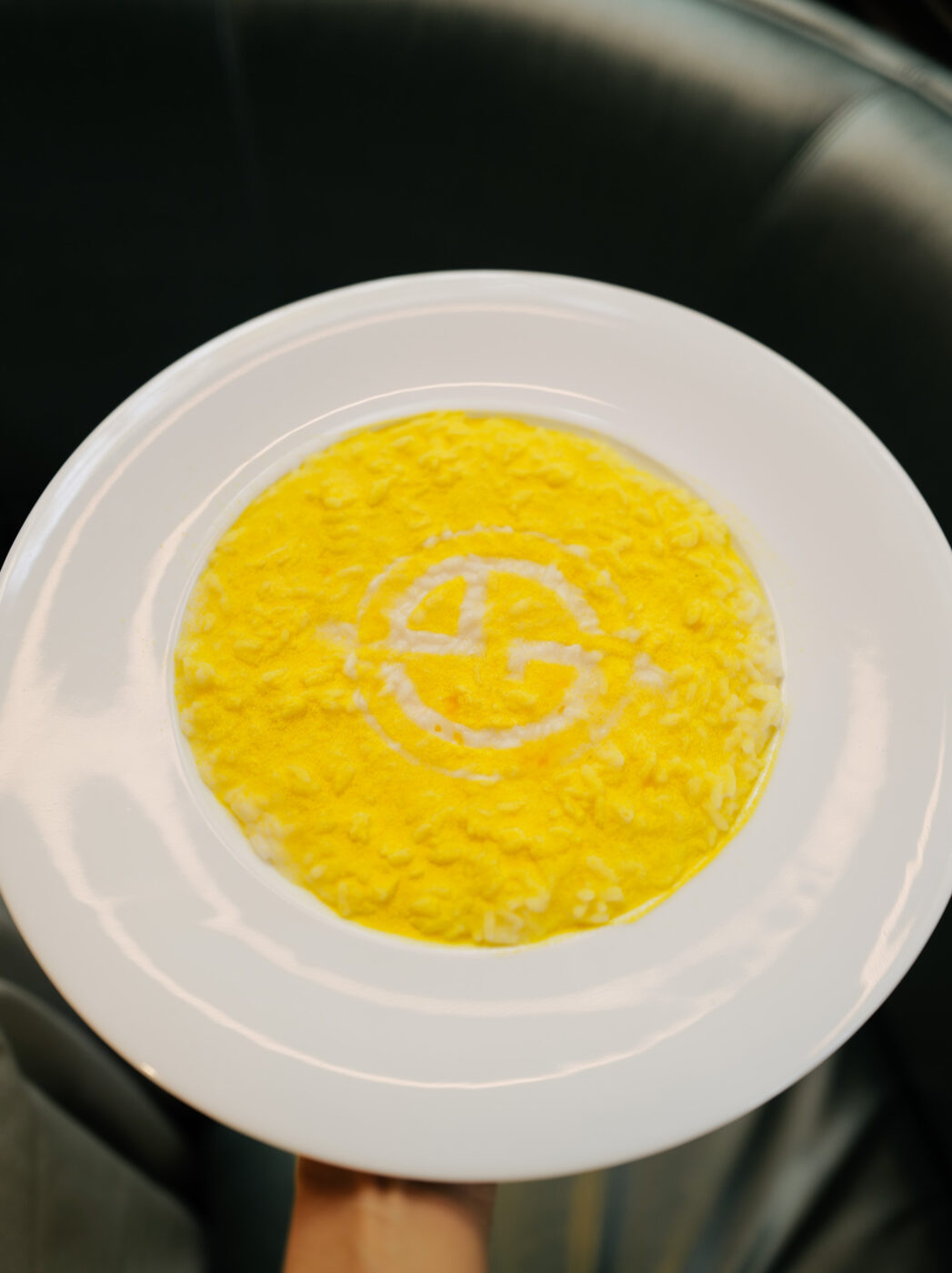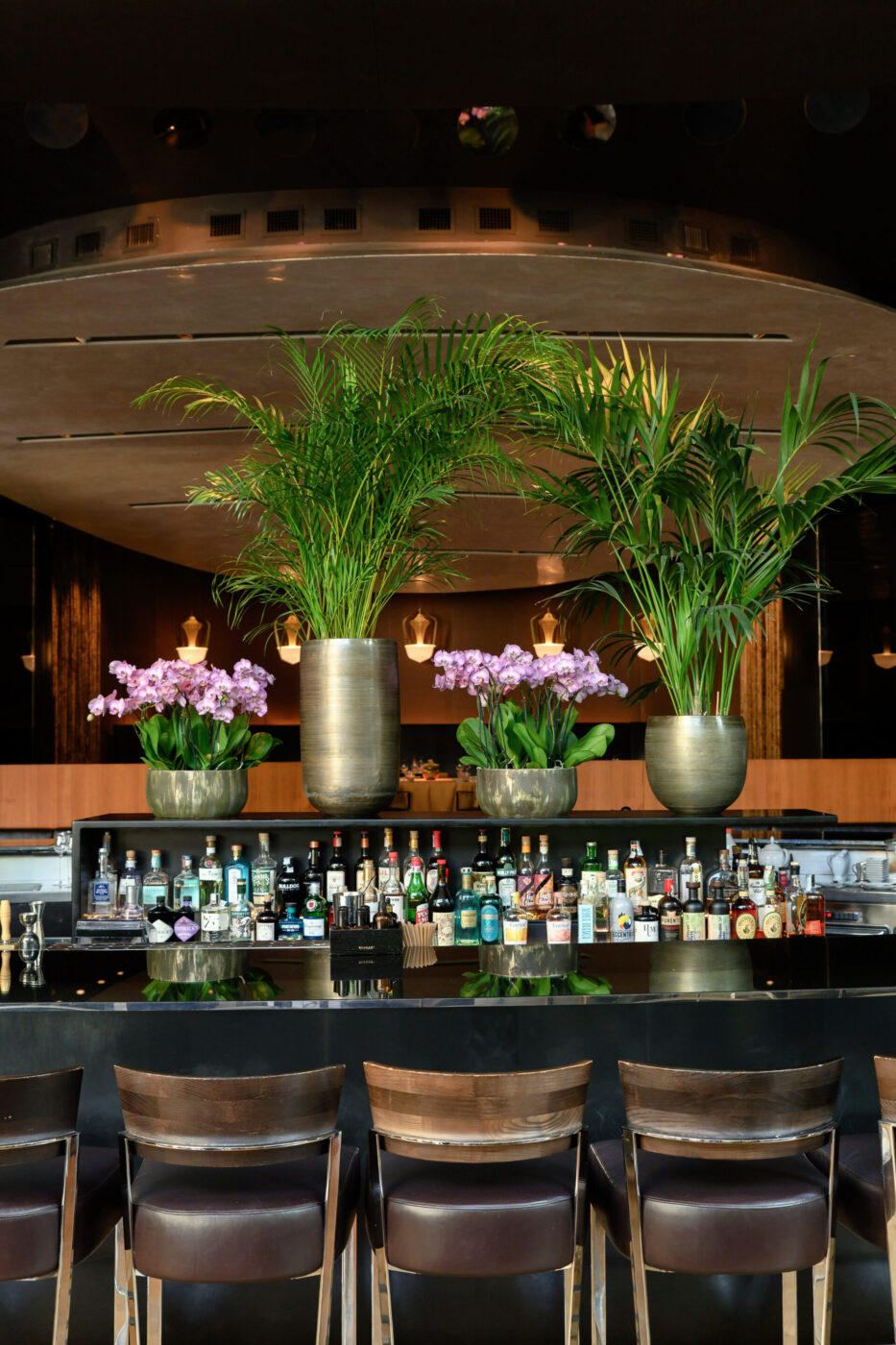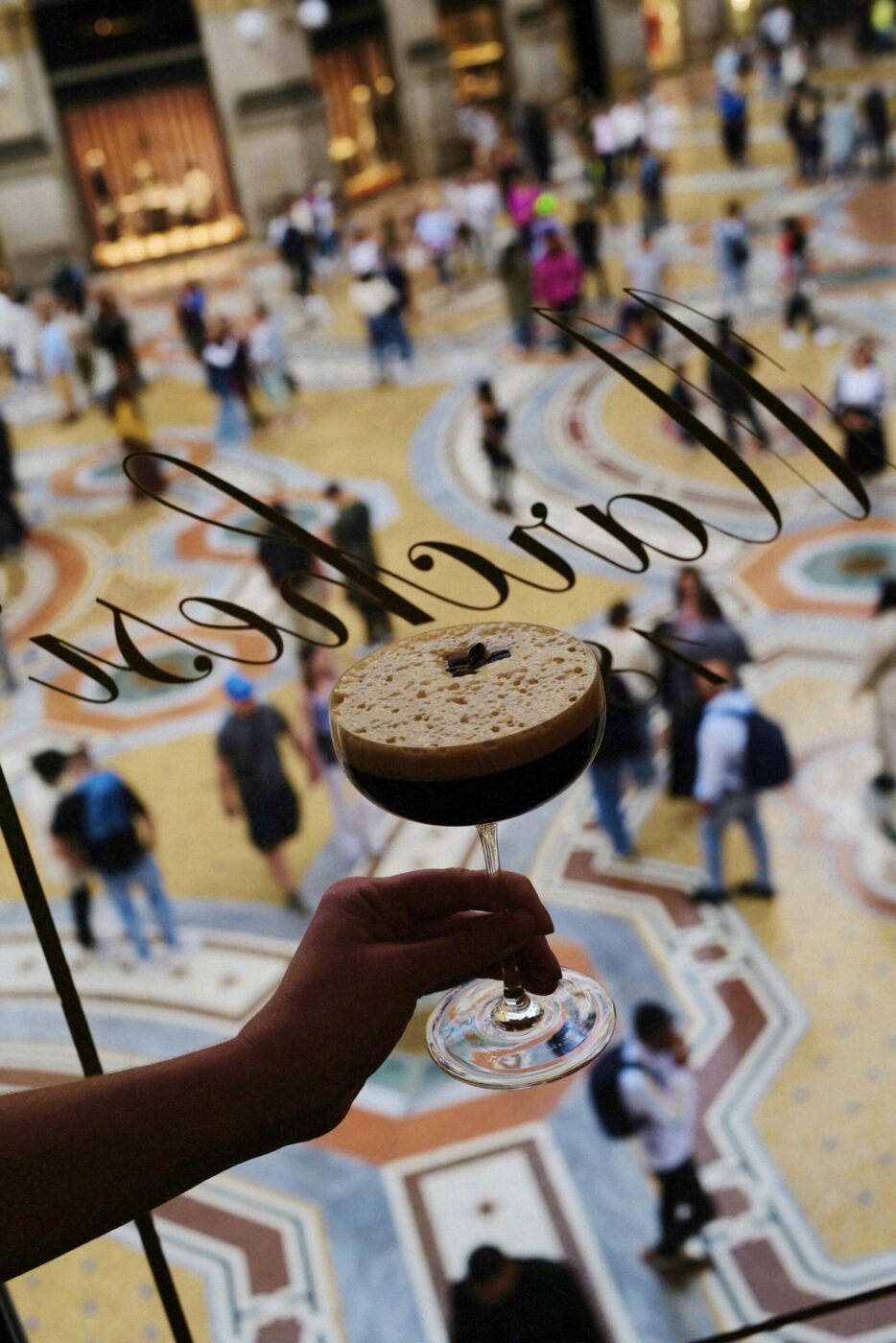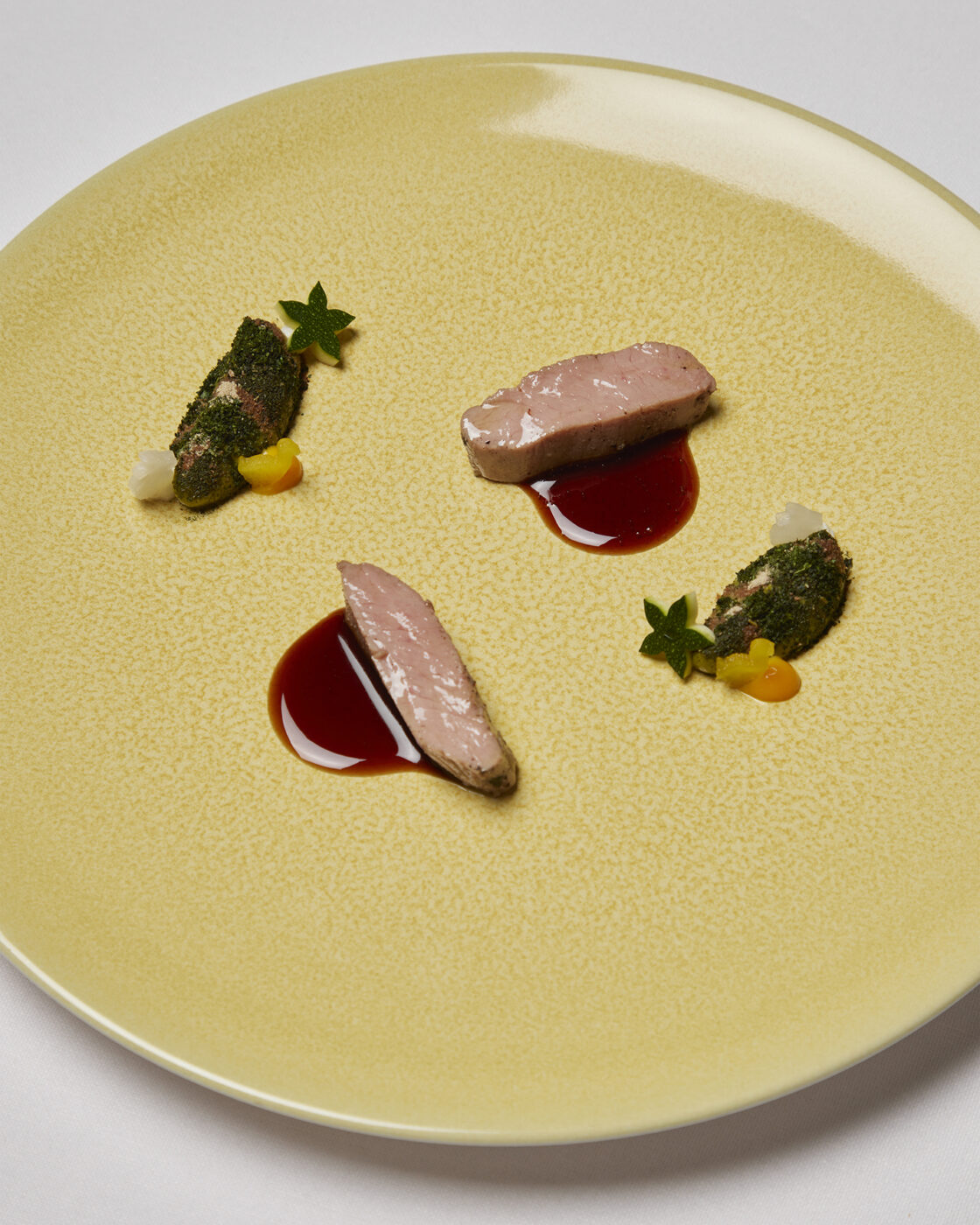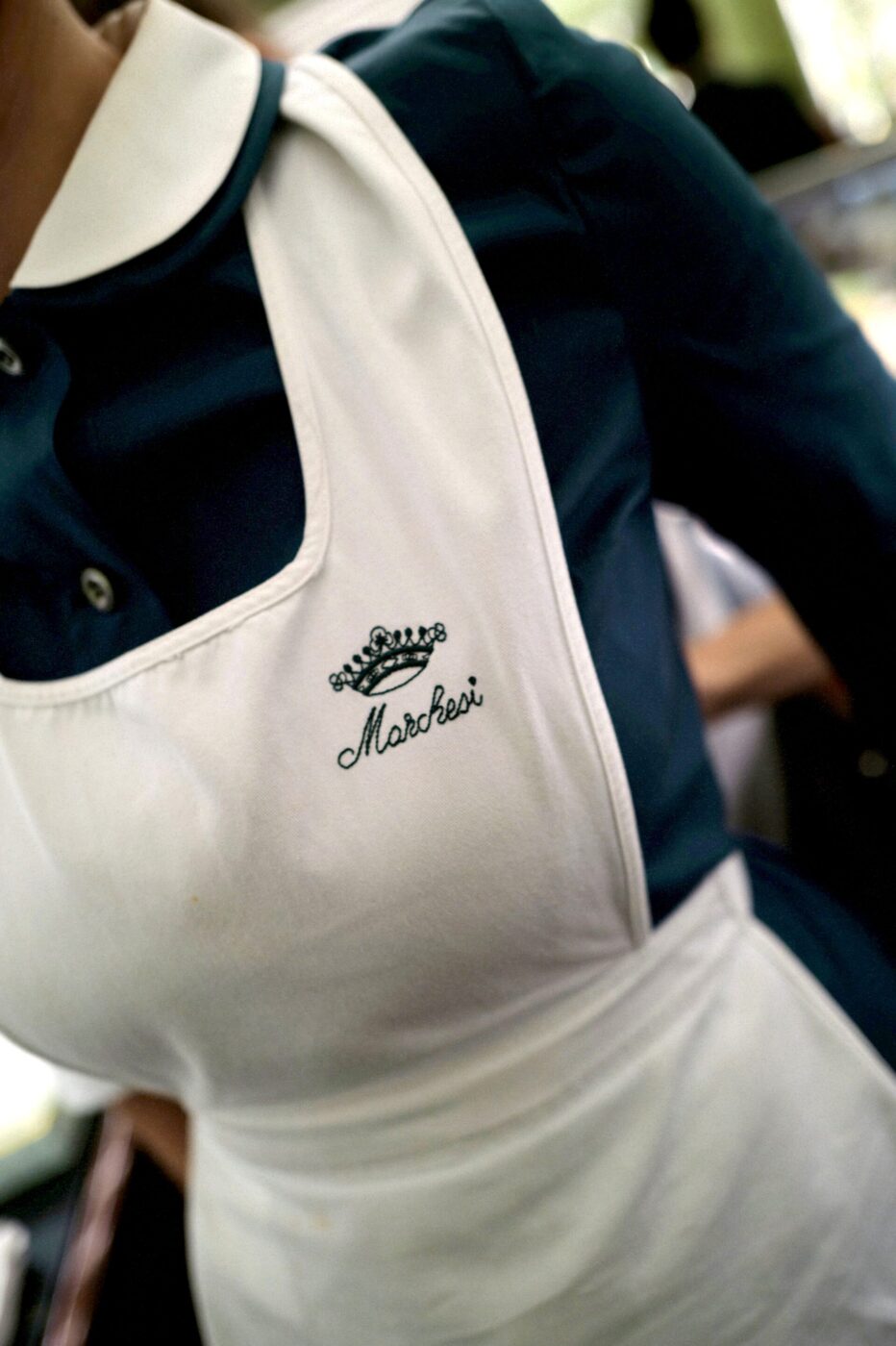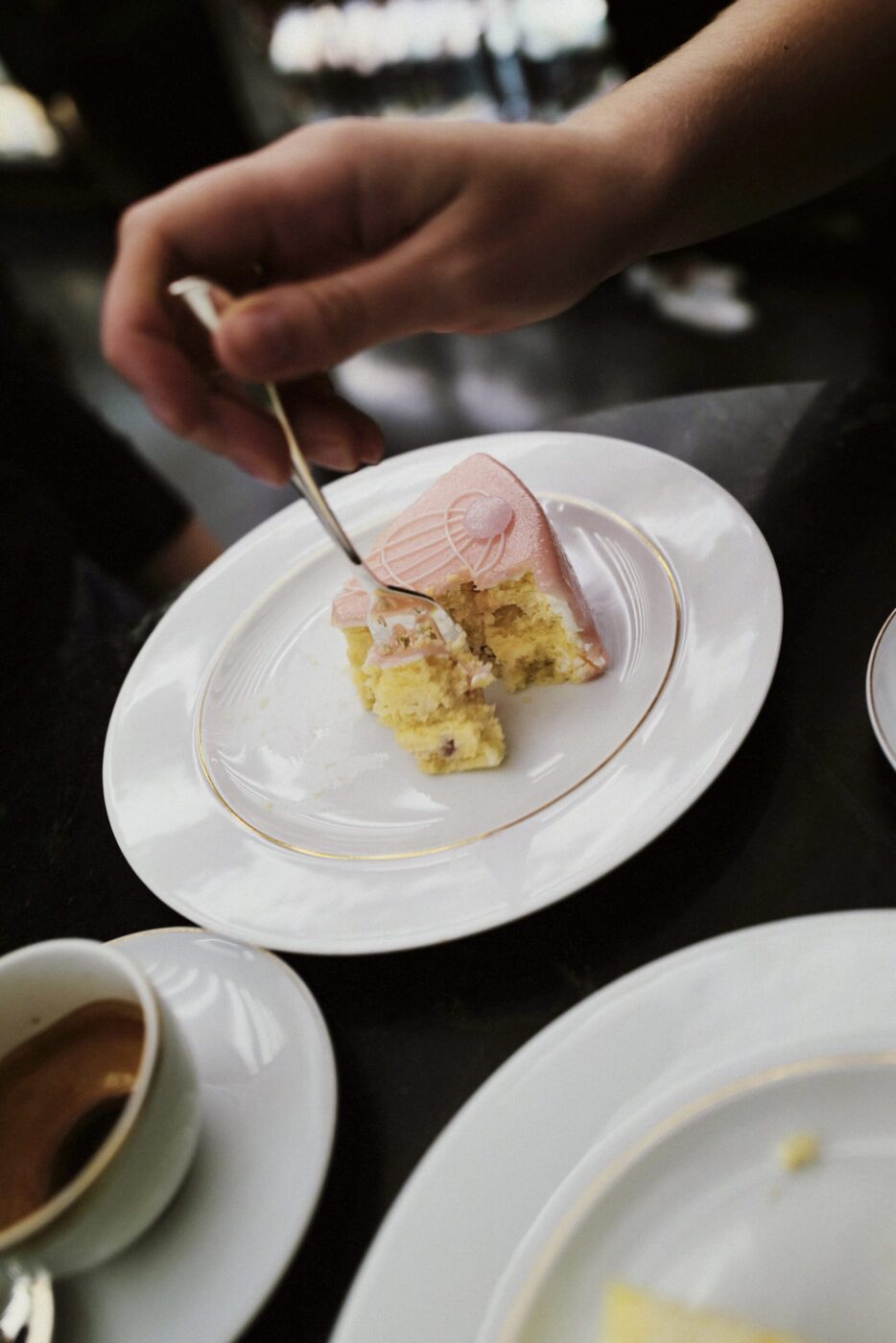These days, a restaurant reservation can be just as elusive—and just as photographed—as a couture piece or designer bag. Both are driven by trends and seasons, governed by exacting craftsmanship, reflect culture, and flirt with excess. It’s no wonder the next big thing that fashion houses are chasing is food—and why Milan, Italy’s capital of the two, is the perfect nesting ground.
At first, the idea of fashion designers and top chefs occupying the same table might seem unlikely or even contradictory—especially for those who cling to the tired cliché that fashion folk don’t eat. But “the expansion of fashion into food is inherently appealing,” notes Debrina Aliyah, co-founder of Metis PR, a Milan-based agency representing fashion and design clients. “Fashion is an expression of yourself, and brands have long expanded that expression into home and design. In Italy, especially, where food is an integral part of cultural identity, extending that self-expression to the table feels natural.”
From a gentleman in a bespoke three-piece enjoying a brioche and cappuccino to a woman in a marigold shift and kitten heels biking up to a trattoria, fashion and food intersect throughout the Italian urbanscape. And not just on the surface.
“We’re watching the rise of a new kind of cultural fluency, one where taste, quite literally, defines brand value,” says Heather Feldman, the head of content and storytelling at EssilorLuxottica. “The most forward-thinking fashion houses aren’t just dressing us—they’re feeding us stories.”
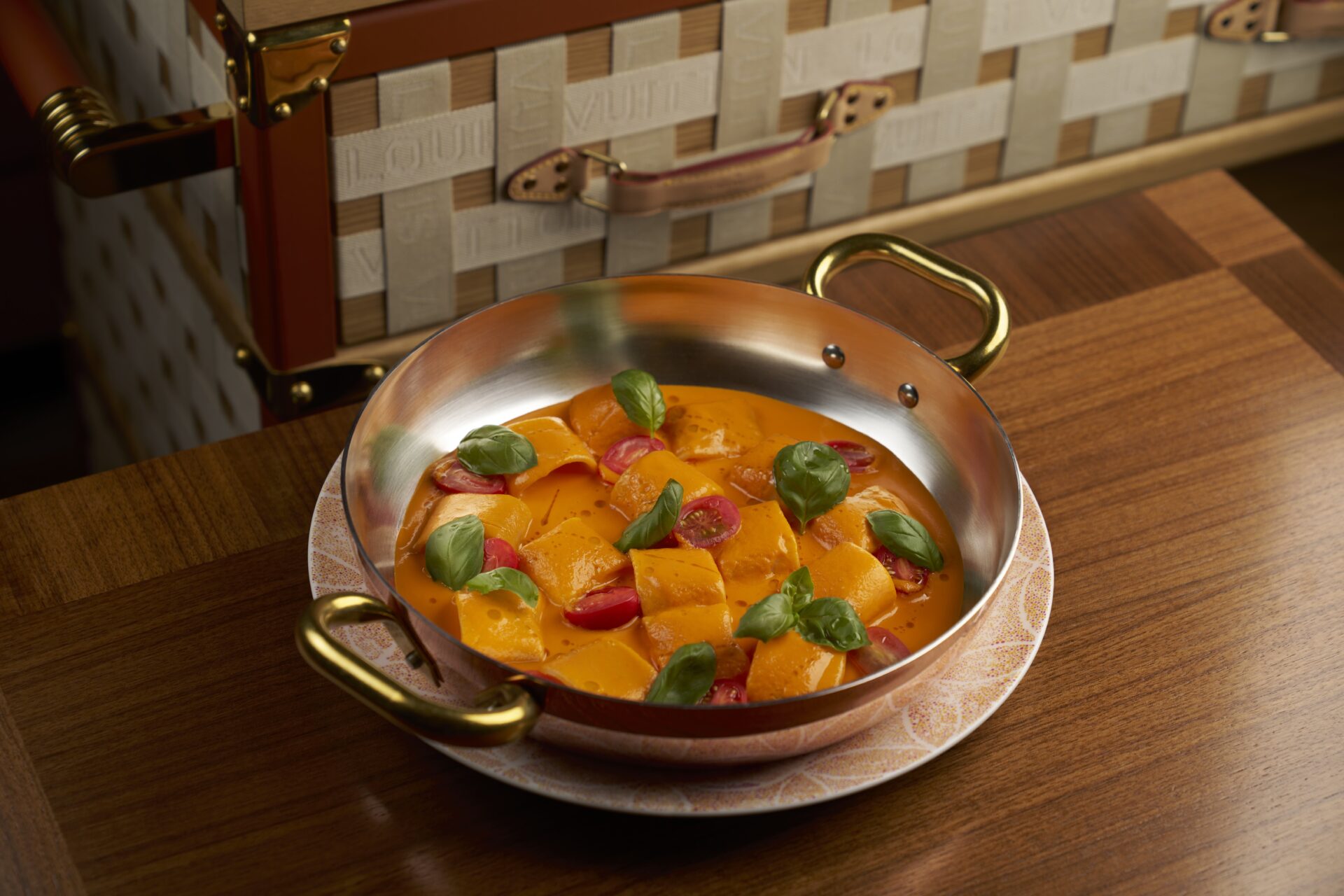
The famous paccheri ai tre pomodori at DaV; Courtesy of DaV by Da Vittorio & Louis Vuitton
LOUIS VUITTON
This past spring, Louis Vuitton unveiled a whole lot more than florals. After culinary forays in Osaka, Seoul, and Tokyo, the French maison debuted a new flagship on Milan’s glittering Via Montenapoleone, anchored by DaV—a restaurant and cafè in partnership with the Cerea family of Bergamo’s three-star Da Vittorio.
Patrons enter through Palazzo Taverna’s sunlit atrium, a feature added by Piero Portaluppi in his 1920s restoration of the 19th-century noble residence. Inside, Peter Marino’s interiors strike a balance of polish and play: Katherine Bernhardt’s Pink Panther clutches a pizza and sports Nikes, while iroko wood panels echo the grain of Louis Vuitton leather. Dishes like risotto alla Milanese shaped into Vuitton’s monogram or the Cerea brothers’ signature paccheri ai tre pomodori arrive on the maison’s own Art de la Table plates. It’s what CEO Pietro Beccari calls retailtainment—transforming retail into a lifestyle experience. As Beccari told Vogue in April, “When a brand starts from luxury and wants to expand to become a cultural brand, collaborations are a great tool…we meet people who change us, who leave a piece of them in our lives.”
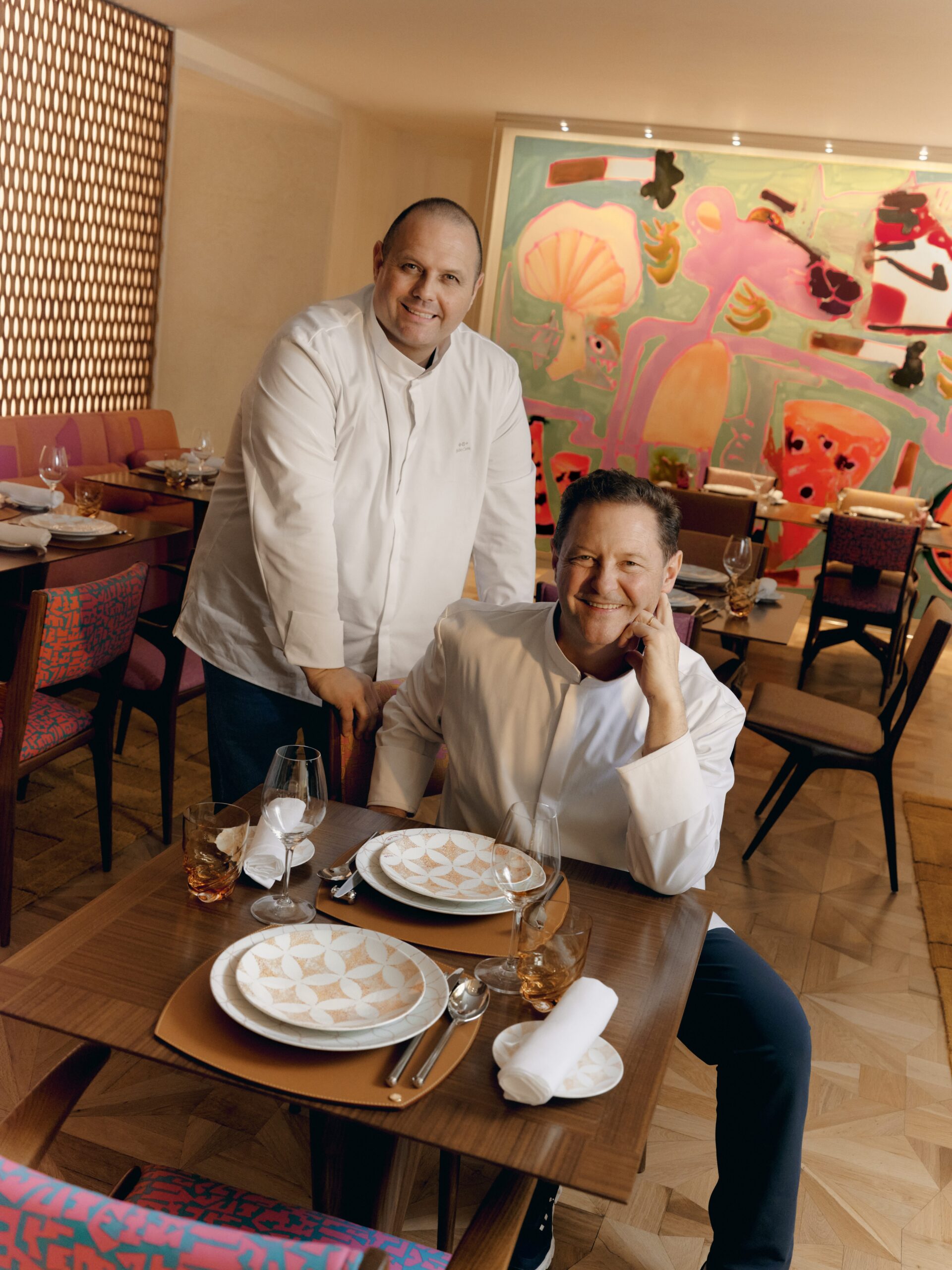
The Head Chefs of DaV in their Montenapoleone location
GIORGIO ARMANI
Long before words like retailtainment entered the conversation, Giorgio Armani was already setting the table. In 2000, he introduced Emporio Armani Caffè and Ristorante, building on concepts he had launched in London and Paris, and partnered with chef Nobu Matsuhisa to open Nobu Milano. With its Peruvian-Japanese cuisine and celebrity clientele, Nobu was already a global sensation—and Armani’s move helped establish Milan as a world-class dining capital.
“I was among the first to become involved in the hospitality sector,” the late Mr. Armani told Italy Segreta earlier this summer. “I explored a possibility by applying the same principles to a new field as I have always employed with my fashion, adapting them to a major and rewarding challenge. The world of hospitality is perfect for representing style as a lifestyle and engaging consumers in a personal and unique experience. It’s one of the businesses that was then targeted by fashion, because it’s lively and enveloping.”
But he stressed that it’s not just about style: “At the same time, however, it is also a very demanding industry, and the most important aspect of this sector is the quality of service.”
For Milan-based fashion publicist Greta Vittori, the link between high-end shopping and fine dining comes down to one thing: making people feel special. “When you go into a luxury boutique, even if it’s just to buy something simple, you’re welcomed like a VIP,” she says, recalling the royal treatment she receives just popping in to change a watch battery at Cartier on Via Montenapoleone. “They open the door for you, they offer you Champagne. That feeling of ritual and attention translates so naturally to food.”
Fine dining restaurants certainly roll out the red carpet for patrons, and the craft and precision in both the kitchen and front of house is just as meticulous as designing and selling an Armani suit or a serpent-shaped bracelet. “In many ways, the Italian fashion-food crossover isn’t a trend,” states Feldman. “It’s a return to form. It embodies a worldview where heritage and hospitality are inseparable. Armani understood this intuitively. So does the Prada Group, Bvlgari, and the next generation, too.”
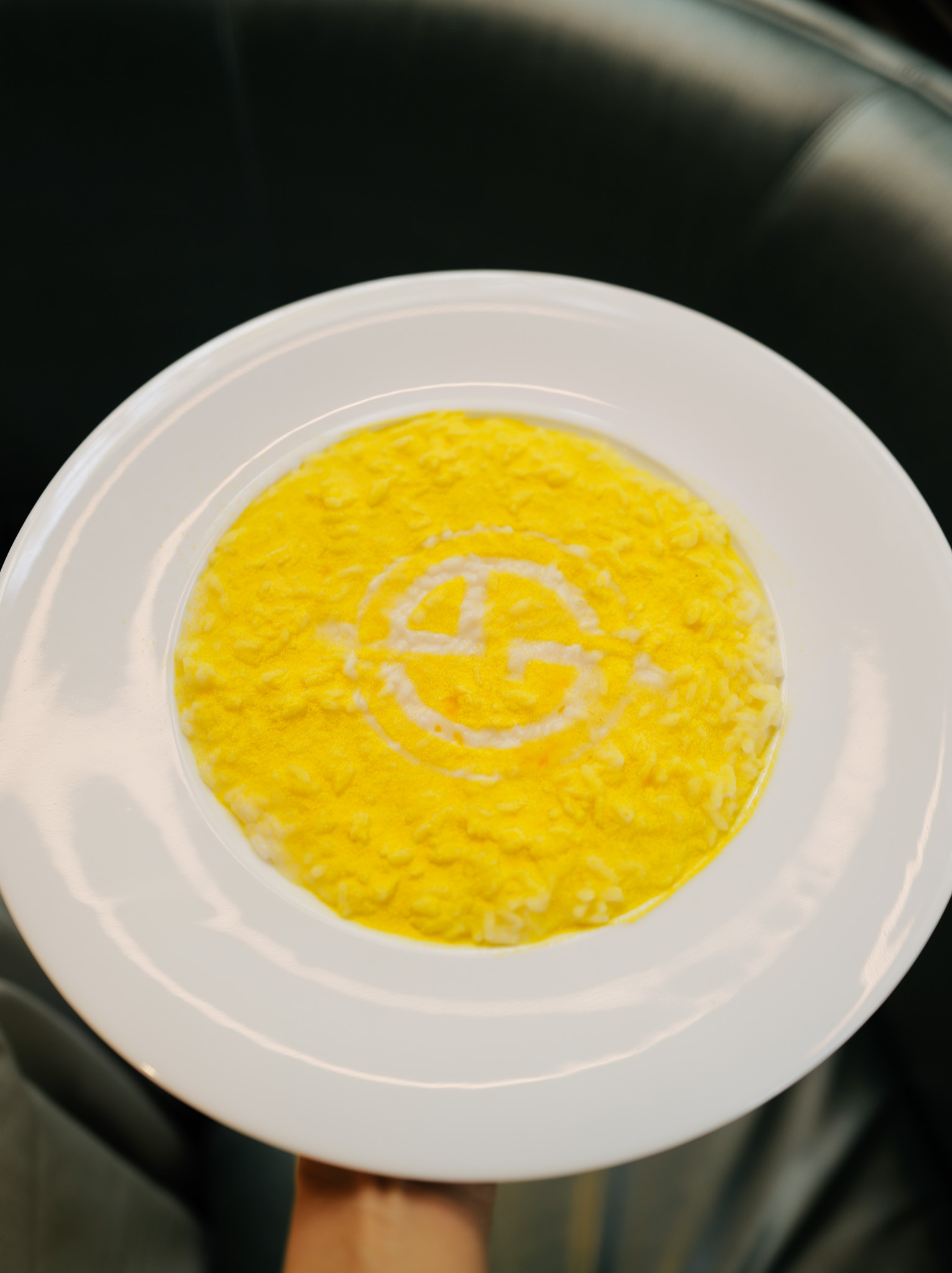
The signature Giorgio Armani risotto alla milanese
BVLGARI
In 2004, Bvlgari set the bar high with its Milan hotel restaurant, first under Elio Sironi (now at DSquared2’s rooftop Ceresio 7) and later Roberto Di Pinto (whose latest venture has a Michelin star). Then came Di Pinto’s Epicurea, a pop-up dinner series that transformed the dining room into a stage for chefs like René Redzepi, Virgilio Martínez, and Yoshihiro Narisawa.
“The formula of these dinners increased the visibility and prestige of the hotel,” says a Bvlgari spokesperson. “They positioned the property as a point of reference not only for guests and Milanesi, but also for the international culinary scene.”
The dishes that current three-star chef Niko Romito—Bvlgari’s international culinary director—is most famous for might shock you: spaghetti al pomodoro (considered the best in town) and il toast (a prosciutto and cheese sandwich). “Romito’s vision mirrors the very philosophy that defines Bvlgari jewelry,” adds the spokesperson, “a harmonious balance of authentic tradition and contemporary innovation.” Skeptics may balk at the idea of paying a premium for two of the simplest dishes (they rack in at €22 and €20, respectively), but the allure lies as much in access as in the dish itself.
“These experiences are the new lipstick effect—affordable indulgences that carry the full weight of a luxury brand,” Feldman says. A plate of spaghetti may be easier to obtain than a Tubogas necklace, but it delivers the same thrill of stepping into the world of Bvlgari.
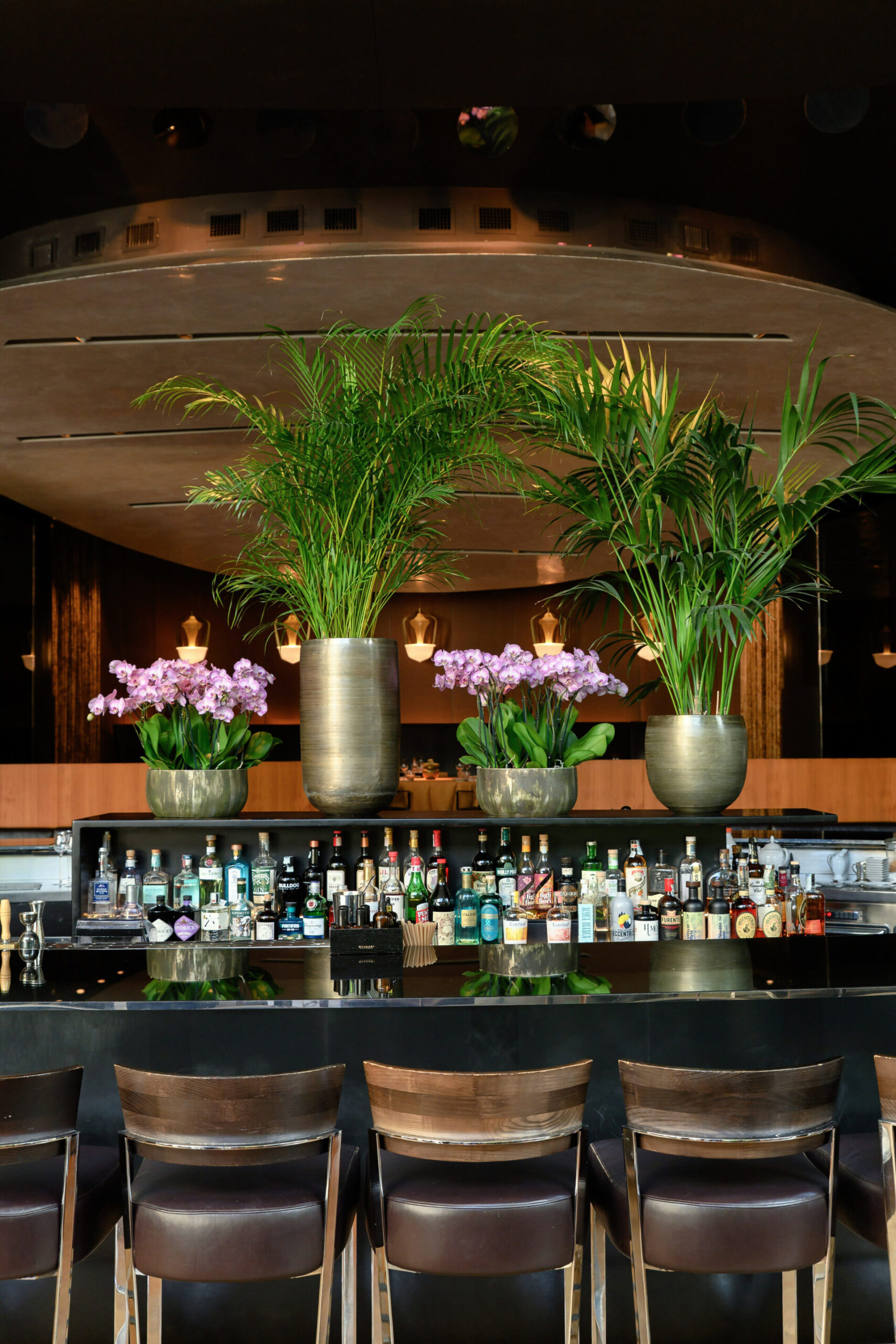
The bar at the Milan Bulgari Hotel; Courtesy of Bulgari
PRADA
A decade later, the Prada Group—founded in Milan in 1913—had a genius idea: they acquired Marchesi 1824, the city’s beloved pastry shop, and opened in two of Milan’s most glamorous backdrops: Via Montenapoleone and the Galleria Vittorio Emanuele II.
“With Marchesi 1824, the aim was to create a space where pastry could evolve while keeping its original codes intact,” explains the pasticceria’s CEO Andrea Menicatti.
For the millions of window shoppers drifting through each year, it’s a tangible taste of “la dolce vita” for the (relatively low) price of coffee and a pastry. For the Milanesi, it’s a local luxury. “There’s nothing quite like spending five euros at Marchesi on Montenapoleone, in the heart of the fashion district,” muses Vittori. “It’s a state of mind. There’s something quietly luxurious about sipping a cappuccino from Prada.”
Prada has since opened five Marchesi 1824 branches overseas, most recently at the Mi Shang Prada Rong Zhai in Shanghai, a restaurant developed with film director Wong Kar Wai. It’s not their only eatery with a cinematic pedigree. Bar Luce in Fondazione Prada is a Wes Anderson-designed, nostalgic nook complete with pastel retro chairs, terrazzo flooring, vintage pinball machines, and a 1950s-style jukebox.
A few years later (and a few floors higher), Prada opened Torre, a sleek restaurant and cocktail bar with a windowed wall offering sweeping views of the city. Prada, ever the experts at finding diamonds in the rough (they made Nylon fashionable, after all) tapped young Tuscan talent Lorenzo Lunghi rather than an established name to lead their restaurant. Unlike a standard museum café, the restaurant is only open for dinner, with lunch on weekends, what Menicatti describes as a “deliberate choice that values time, atmosphere, and quality.”
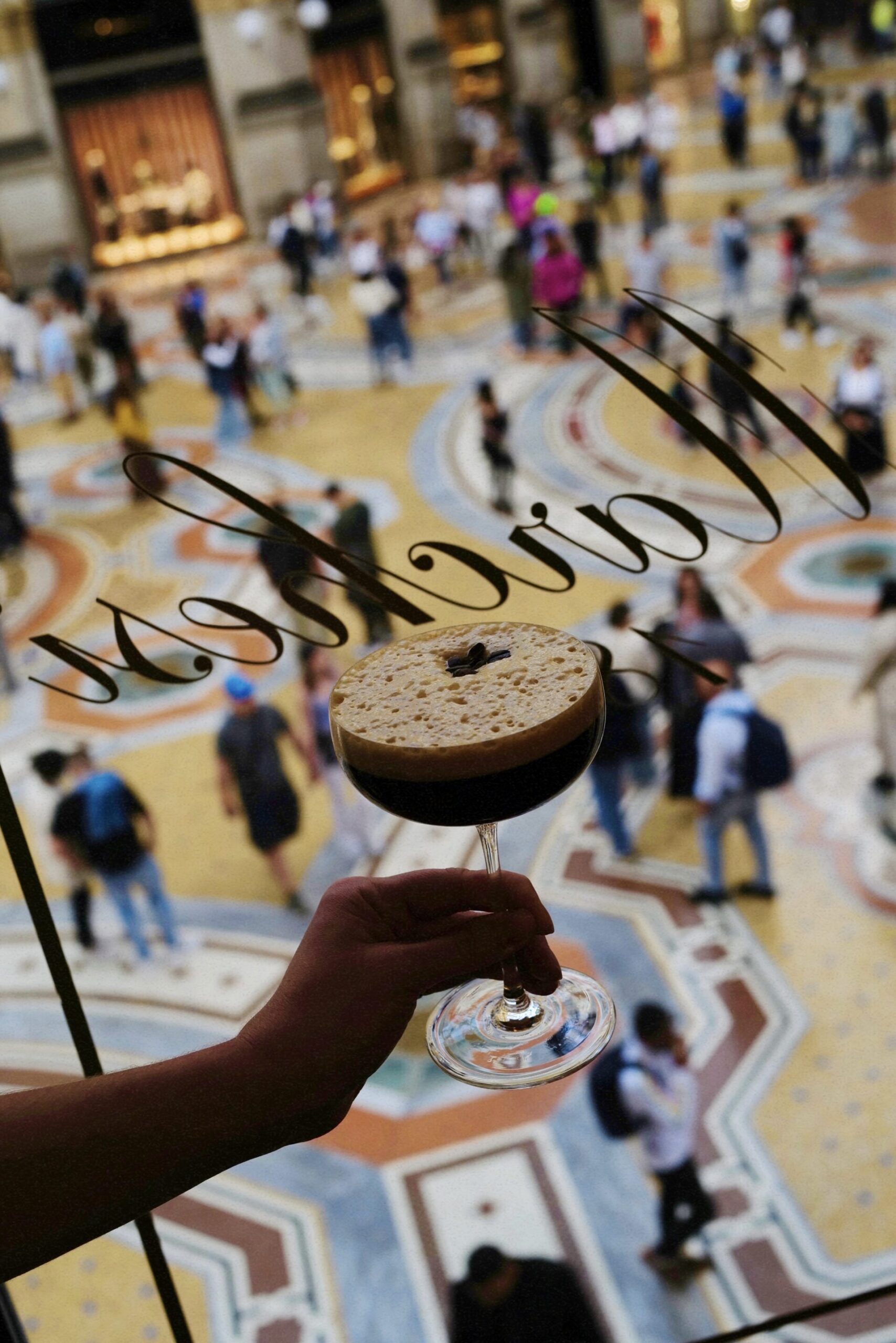
A shakerato at Marchesi 1824 in Milan's Galleria Vittorio Emanuele II.
AND BEYOND
Milan may lead the charge, but it doesn’t stop there. “From Loewe cafés to Fendi gelato, food activations have become a passport to culture and community,” declares Feldman. “They create FOMO [fear of missing out], photo ops, and a sense of intimacy that’s rare in traditional retail.”
Florence got a taste in 2018 when Gucci teamed up with three-star chef Massimo Bottura to open (one-star) Gucci Osteria. Since then, outposts have popped up in Los Angeles, Tokyo, and Seoul, followed in 2022 by Gucci Giardino, an all-day café and cocktail bar adjacent to the original.
And come the holiday season, panettone is dressed up in designs as elaborate as those seen on the runways. Gucci Osteria’s is wrapped in custom tins; in Milan, Pasticceria Martesana teamed with Moschino for hatbox-style packaging, and Pasticceria Cucchi wrapped loaves in La DoubleJ’s exuberant prints. Olivieri 1882 partnered with Roberto Cavalli for “Ray of Gold” tins, while Dolce & Gabbana joined forces with Sicily’s Fiasconaro to create some of the most ornate, folkloric packaging around. And the list goes on.
The crossover has even spilled into fashion-focused print, with Grazia and Elle publishing food-dedicated editions that, as Vittori puts it, “generate real revenue, but also keep the aura of exclusivity intact.”
While senses and emotions may appeal to consumers, the business side is equally essential. “At the end of the day, brands do need to make money, and part of this involves finding new ideas and new ways to communicate,” Vittori points out. “Initially, it was accessories, shoes, and bags. Now it’s food. And food has been on trend for a while.”
“At their core, both food and fashion are about feel,” reflects Feldman. La DoubleJ founder J.J. Martin sees the connection more expansively. “They’re both being ‘ingested’ in a way,” she remarks, “and shared through energy, emotion, and the human drive for connection.”
It’s why these ventures feel, for the most part, so natural. “Food is like fashion…It’s always about flavor and feeling,” chef Nobu Matsuhisa asserts. “Once people connect with it, they don’t just like it—they love it.”
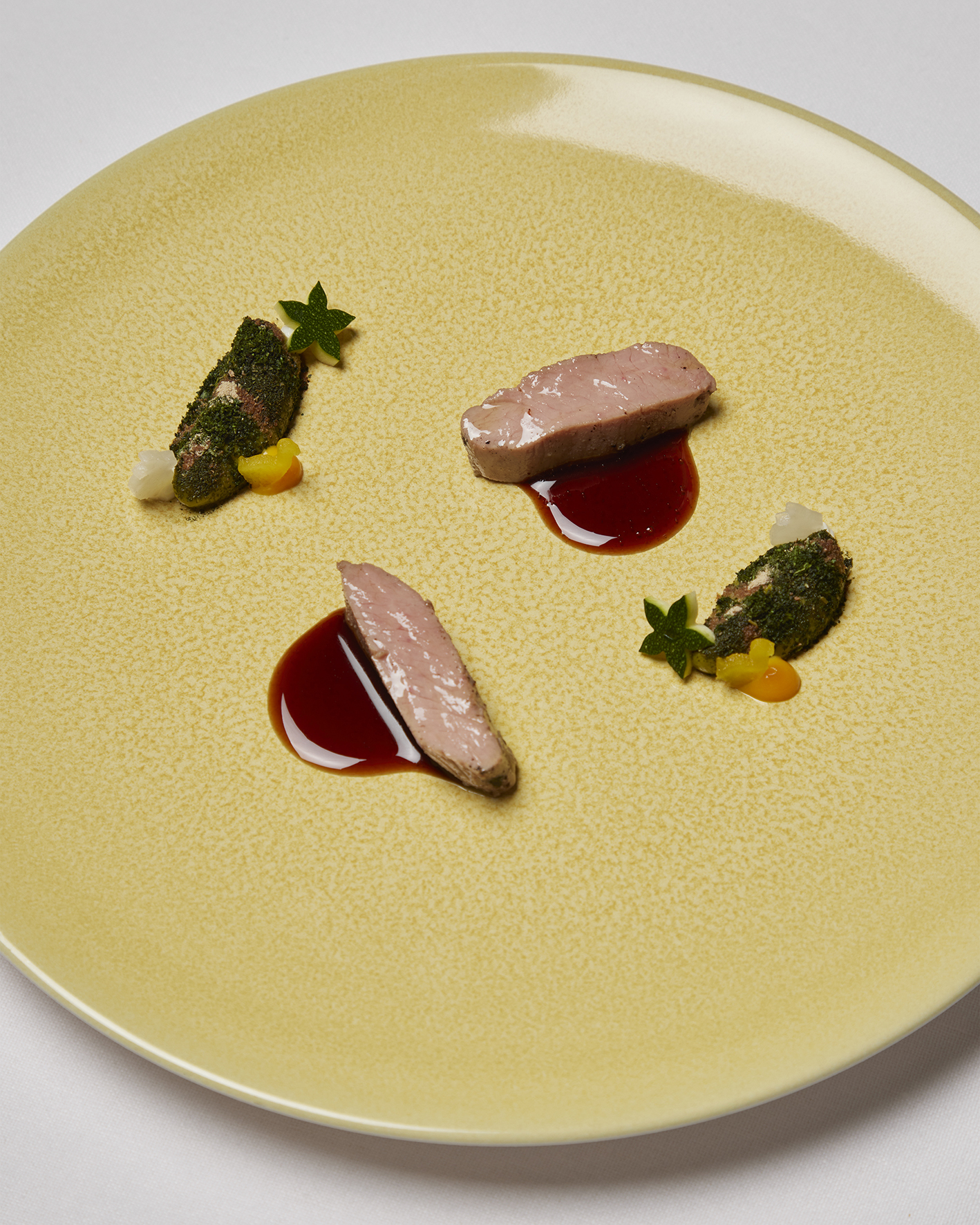
A lamb dish at Gucci Osteria; Courtesy of Gucci
